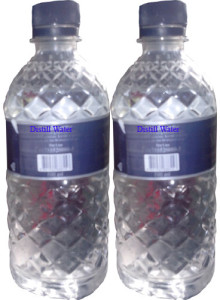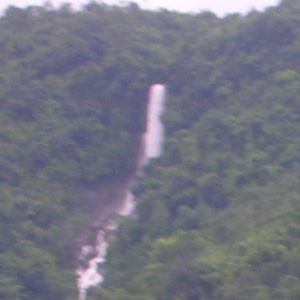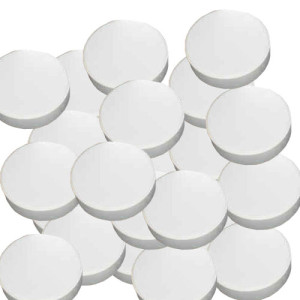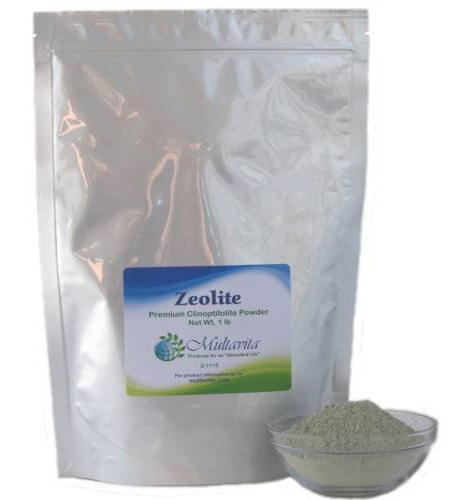What is the distilled water?
If most of the impurities are removed from water through distillation process, then that water are called distilled water. Steams are created by boiling the water, then condensing the steam through a condenser and collect the condensate into a container; it is called distillation process.
Uses of distilled water
There are many uses of distilled water such as laboratories (chemical and biological), lead acid batteries, deionized water etc. Double or more distillation process water is used for higher purity water.
Distilled water is most preferable to tap water for many cases such as automotive cooling systems, model steam engine boilers and model engines, steam irons, heating and air conditioning systems. Ion containing water is corrosive for engine elements and boiler plates. It build-up scale and decreases the effectiveness of the boiler. It is also utilized in health care establishments in formation of medications and injection solutions.
Distilled water for batteries
Distilled water is common used for lead acid batteries. If the presence of foreign ions water is used, then it greatly reduces the lifetime of battery. Lead acid batteries are commonly used in automobiles such as bus, car, trucks.
 Drinking distilled water
Drinking distilled water
The distilled water is harmless to drink but the drawback is that some essential minerals such as calcium, magnesium and iron are absence in this water.
If the distilled water is consumed for long time, then the body loss more mineral and consumer can face to some risk such as osteoporosis, osteoarthritis, hypothyroidism, coronary artery disease, high blood pressure and a long list of degenerative diseases generally associated with premature aging.
As the body rapidly loss electrolytes elements such as sodium, potassium, chloride and trace minerals similar to magnesium, then it can cause electrolyte imbalances and may experience irregularities heart beat, weakness, headache, muscle cramps and high blood pressure.
Tooth Decay: As the distilled water does not contain any fluoride, subsequently it may increase amount of cavities in little children who drink it.
The people who are lived in waterless seaside areas where is lacking of sufficient freshwater are used distilled water for drinking purpose.
Some distilled water is found in naturally such as rain water, snow, morning dew and frost. This water is created through natural distillation process; at first water evaporates by sun heats from surface such as sea, lack, river, land, plant, stream, damp rock and condensate at atmosphere as clouds. When the water droplets are heavier, then it falls into earth. If the area is non-polluted, then this water is almost pure and safe to drink. The rain water dissolves the Oxygen, carbon-di-oxide and sulfur dioxide, mix with dust and smoke on its short way to the earth. The clear rain water may contain up to 0.005% contaminates.
Distilled water pH
Distilled water is almost neutral (pH level 7) but tends to be acidic due to it absorbs carbon dioxide from the air rapidly, and this could believably lower the pH and makes the water acidic. It may increase more health troubles. Slightly alkaline water is ideal for the human body. Water becomes alkaline in the presence of some alkaline metals as like potassium, calcium and magnesium.




